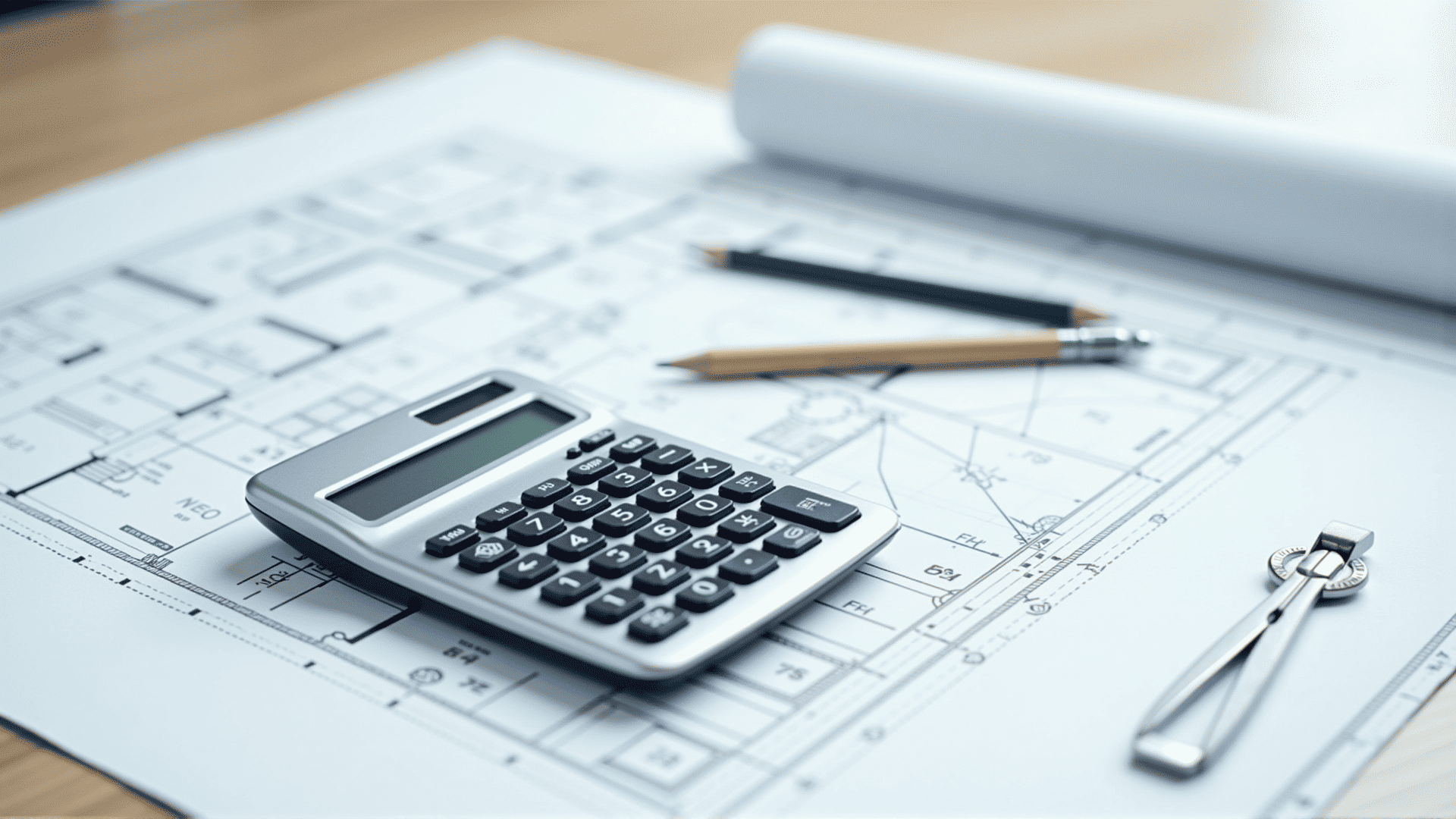In the ever-evolving field of architecture, firms are continually seeking ways to optimize their consultancy services and enhance their profitability. The initial consultation is a vital touchpoint, serving as both an introduction to the firm’s expertise and a critical phase where client relationships are nurtured. Crafting an efficient pricing strategy for these consultations not only ensures fair compensation for the firm’s intellectual and creative input but also sets the tone for future project engagements.
Understanding the Landscape
Before delving into pricing strategies, it is important to understand the fundamentals influencing consultation pricing. Architectural firms differ in size, reputation, and specialization. A small firm focused on residential projects will likely have different pricing considerations compared to a large firm dealing with expansive commercial developments. Furthermore, market demand, firm reputation, and geographical location play significant roles in shaping pricing models.
Value-Based Pricing
A pivotal strategy in optimizing consultation pricing is transitioning from cost-based to value-based pricing. Value-based pricing involves setting prices chiefly according to the perceived value to the client rather than the actual cost of delivering the consultation. This method requires an in-depth understanding of what potential clients value most—be it innovative solutions, sustainability expertise, or design aesthetics. By aligning pricing with value delivery, firms can effectively communicate their unique selling propositions and justify higher pricing tiers.
Tiered Pricing Structures
Implementing a tiered pricing structure is an adaptable strategy that allows architectural firms to cater to a diverse client base. By offering multiple consultation packages that vary in terms of service depth and involvement, firms can accommodate clients with differing budgets and needs. For instance, a basic package might include an hour-long session with preliminary design suggestions, while a premium package could involve site visits and the provision of detailed design concepts. This approach not only maximizes client reach but also provides upsell opportunities as clients seek more comprehensive engagements.
Leveraging Technology
Technology can serve as an enabler of efficient pricing strategies. The use of advanced software tools aids in providing detailed project visualizations during consultations, which can justify higher consultation fees. Furthermore, virtual consultations have opened pathways to global clientele, necessitating flexible pricing models that account for international currency variations and market differences. Firms can also harness online booking systems that clearly outline costs associated with each consultation tier, ensuring transparency and reducing client hesitations.
Subscription-Based Models
An innovative approach borrowed from other service industries is the subscription-based model. Architectural firms could offer ongoing consultation services through a subscription, providing clients with regular updates, design tweaks, and advisory sessions at a fixed monthly fee. This model guarantees a steady revenue stream while also fostering longer-term client relationships and trust.
Dynamic Pricing
Incorporating dynamic pricing models can make architectural consultations more responsive to market fluctuations and seasonal demand. Similar to the hospitality and airline industries, architectural firms can adjust their consultation rates based on real-time factors such as project influx, expert availability, or industry trends. While this necessitates swift and robust internal pricing mechanisms, it enables firms to capitalize on peak demand periods effectively.
Educating the Market
Educating potential clients about the value of architectural consultations is as crucial as setting the right price. Many clients may not immediately perceive the investment's worth, necessitating clear communication about the benefits, time-savings, and potential enhancements to project quality derived from professional consultations. Providing case studies, client testimonials, and transparent breakdowns of pricing relative to the value offered can assist in eliminating price objections.
Conclusion
Architectural firms looking to optimize their consultation services must embrace innovative and adaptable pricing strategies that reflect both the market environment and their unique value propositions. Whether through value-based pricing, tiered and dynamic structures, or leveraging technological advancements, firms have a multitude of pathways to fortify their financial health while delivering superior client experiences. Thoughtfully crafted pricing strategies are not merely a revenue tool—they are integral to building sustainable, trust-filled client relationships and ensuring long-term business success.
